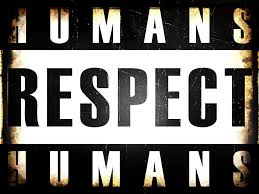By Amanda Kearney-Smith
I’ve heard many times that “stigma does not have an impact on people seeking treatment. Its no longer an issue.” – I think that people confuse improving attitudes about mental health with total acceptance.
For those of us who live with a chronic mental health condition, we know this is not true. Sadly, stigma is still very much alive and well and greatly impacts individuals who might seek treatment. 
In fact, in 2011, only 59.6% of individuals with a mental illness — including such conditions as anxiety, depression, schizophrenia, and bipolar disorder — reported receiving treatment (that we know of!). Source: http://psi.sagepub.com/content/15/2/37.full.pdf+html?ijkey=dDpyhM2zRi.Fg&keytype=ref&siteid=sppsi%2520
Stigma is a complex issue and many times people don’t even realize they are contributing to it. Patrick Corrigan has defined the various levels of stigma and how they lead to discrimination:
PUBLIC STIGMA
Stereotype
Negative belief about a group (e.g., dangerousness, incompetence, character weakness)
Prejudice
Agreement with belief and/or negative emotional reaction (e.g., anger, fear)
Discrimination
Behavior response to prejudice (e.g., avoidance, withhold employment and housing opportunities)
SELF-STIGMA
Stereotype
Negative belief about the self (e.g., character weakness, incompetence)
Prejudice
Agreement with belief, negative emotional reaction (e.g., low self-esteem, low self-efficacy)
Discrimination
Behavioral response to prejudice (e.g., fails to pursue work and housing opportunities)
https://www.sane.org/mental-health-and-illness/facts-and-guides/reducing-stigma
